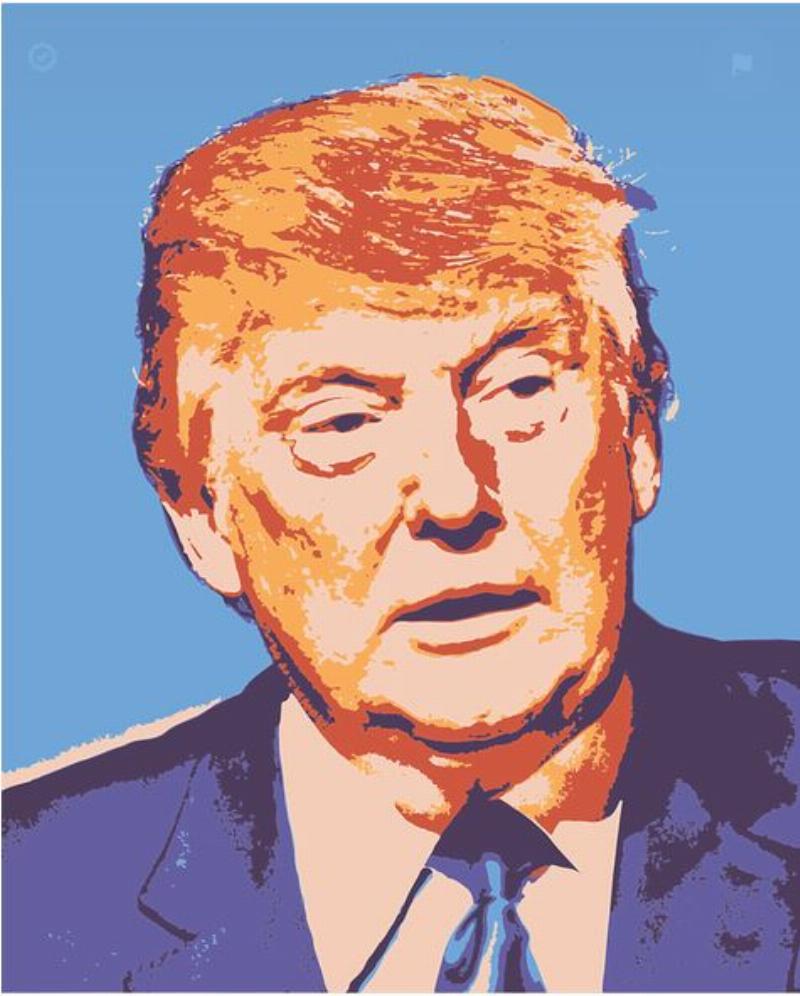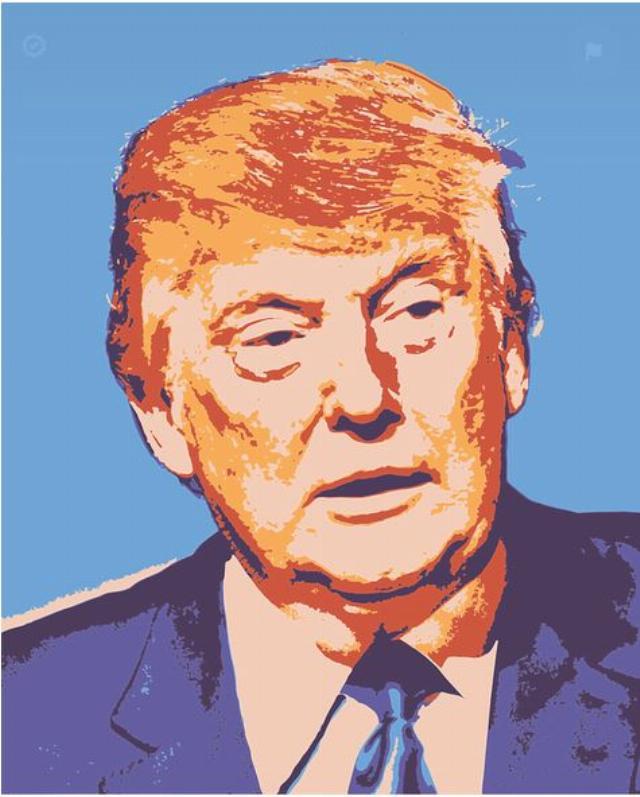


When President Trump signed the January 2025 Executive Order banning any federal agency from establishing, issuing, or promoting a central bank digital currency, the headlines focused on domestic politics. It was portrayed as a populist stand against financial surveillance, a rebuke to his predecessor’s flirtation with a “digital dollar.” But the order was more than a domestic policy stroke. It was an exportable design, a blueprint for allies uneasy with the costs, politics, and unintended consequences of central bank-issued digital cash.
South Korea is the first to follow the blueprint in full. The Bank of Korea (BOK) has shelved its second-phase CBDC pilot, known as “Project Han River.” The program was no small experiment—it had a ₩35 billion ($26 million) budget, involved commercial banks, and was meant to stress-test the infrastructure for large-scale, real-time settlement. Banks pushed back, citing prohibitive costs, thin commercial upside, and consumer indifference in a market already dominated by fast, cheap, private payment systems.
Instead of pushing ahead, Seoul pivoted to a regulated stablecoin framework. Under pending legislation—the Digital Asset Basic Act—licensed banks will be able to issue won-pegged stablecoins, with an eventual expansion to regulated non-bank issuers. The Financial Services Commission will oversee reserves, redemption rights, and capital adequacy, while leaving design, distribution, and user-facing services to the market. This is precisely the model Trump has enshrined in U.S. policy for dollar-backed stablecoins: Under the GENIUS Act, just enacted by Congress, the state sets the rules, the private sector issues and competes.
The Trump doctrine on digital money rests on three pillars. First, monetary innovation should emerge from competitive private markets, not monopolized by a central bank. Second, legal clarity and regulatory standards—not state ownership—are the levers to ensure stability, convertibility, and trust. Third, the architecture of the dollar’s future should reinforce its openness and global reach, not limit it to a government-controlled platform. In practice, this means banning a U.S. CBDC and channeling federal efforts into defining the guardrails for private issuers.
For allies, this model offers political and economic advantages. CBDCs promise instant settlement and cost efficiencies, but they also centralize transactional data and operational control in the state, features that trigger privacy backlash in democracies and risk politicizing monetary policy. By adopting a “regulated private issuance” model, governments can capture the efficiency benefits of tokenized money without inheriting the political liabilities of direct state issuance.
South Korea’s decision illustrates the appeal. Its banking system already delivers near-instant domestic payments; its consumers are comfortable with digital finance. A CBDC adds marginal technical benefit at high fiscal cost, and in exchange for that cost, it invites suspicions of government overreach. Stablecoins issued under strict rules deliver the same programmable settlement features, integrate seamlessly into existing rails, and avoid the political minefield.
The geopolitical implications are no less important. If enough countries adopt this framework, the result is an interoperable network of regulated, privately issued, reserve-backed digital currencies—many of them pegged to the dollar or allied currencies—that can rival the convenience of CBDCs without ceding the design space to authoritarian models. China’s e-CNY and similar projects gain their power from network effects; a coordinated bloc of dollar-linked stablecoins could produce countervailing network effects that reinforce the dollar’s primacy.
Trump’s policy is therefore more than a domestic safeguard. It is a template for a monetary alliance—a “freedom zone” for digital currency—where the core principle is that the state governs the rules, not the wallet. South Korea’s move is not simply parallel policy thinking; it is an adoption of the American design, down to the sequencing: halt the CBDC, legislate the regulatory perimeter, empower private issuers, and keep the state as referee.
The early adopter advantage is real. By aligning with Washington’s architecture, Seoul positions its financial system for frictionless interoperability with U.S. dollar-backed stablecoins, making cross-border transactions cheaper and faster for trade, investment, and remittances. It also signals to other democracies that there is a viable alternative to the central bank-led model dominating international policy conversations.
What began as a domestic executive action is now shaping the monetary strategies of U.S. allies. Trump’s rejection of a CBDC is not an act of isolation, it’s an invitation. South Korea has accepted. Others, watching the political, economic, and strategic logic play out, may soon decide that in the currency wars of the digital age, it’s better to be in the bloc that writes the rules than in the one that writes the code.
Bepi Pezzulli is a Solicitor of the Senior Courts of England and Wales and a foreign policy scholar. He is a member of Advance UK’s College and a councillor of the Great British PAC. He tweets at @bepipezzulli.

Image: Free image, Pixabay license.
